Sipadan Island on the east coast of Sabah, Malaysia, is known for its beautiful coral reefs and spectacular marine life. Formed by volcanic activity, Sipadan is a coral grown on the cone of an extinct volcano. Sipadan Island is an abode of natural beauty with stunning landscapes, home to more than 3000 species of marine life like sea turtles, hawksbills, fishes, manta rays, and hundreds of corals. The dense forests are rich in orchids, bromeliads, and pitcher plants. Sipadan Island is a big draw for divers, with walls dropping more than 600 m down to the dark sea floor. A lot of diving consists of drift or current diving, with the currents around Barracuda Point being the strongest. Sipadan Island gained international fame after Jacques Cousteau’s movie, “Borneo: Ghost of the Sea Turtle,” which documented Sipadan’s beauty and lush marine life.
Best Time to Visit Sipadan Island
Although the Sipadan dive season is all year round, for breathtaking experiences, divers suggest that March to May are the best months to visit the island when the sea is calm, water temperatures are warm, and visibility is at its peak. The busiest periods are Christmas, New Year, and Chinese New Year.
How to Reach Sipadan Island?
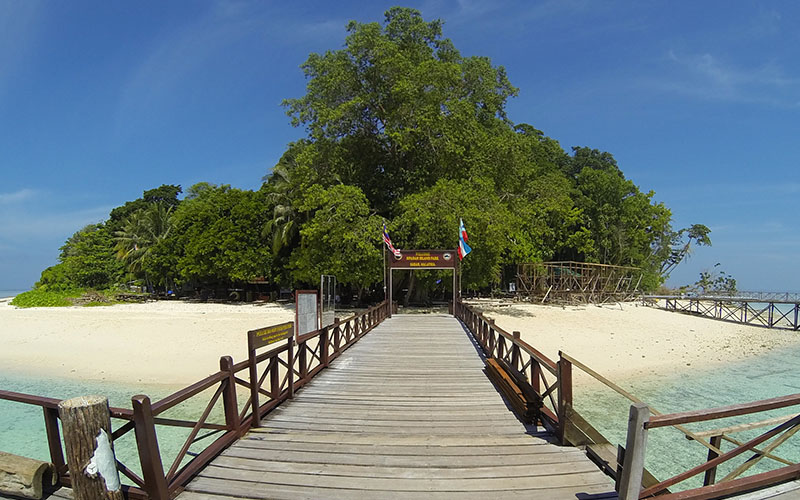 Image Credit: flickr.com/
Image Credit: flickr.com/
The nearest airport to Sipadan Island is the Tawau Airport in Sabah. After an hour’s drive by a minivan, bus, or cab, you will reach Semporna from where you can find jetties to the islands nearby Sipadan.
What makes Sipadan so spectacular?
The marine life of Sipadan is very well-known which consists of reef sharks, sea turtles, and jackfish. It is outstanding and well worth a visit because of the diving opportunities and the caliber of the local plants and animals. The island has a coral-covered peak that goes straight down 600 meters to the sea floor. The amount and variety of sea life here are amazing. On a typical day at Sipadan, you can see big green and hawksbill turtles, groups of huge bumphead parrotfish, schools of jackfish, and lots of barracuda forming a vortex around you if you’re lucky. You might come across anything in this underwater area. Sipadan is spectacular as it is one of the best places for diving.
Things to do at Sipadan Island
1) Scuba Diving
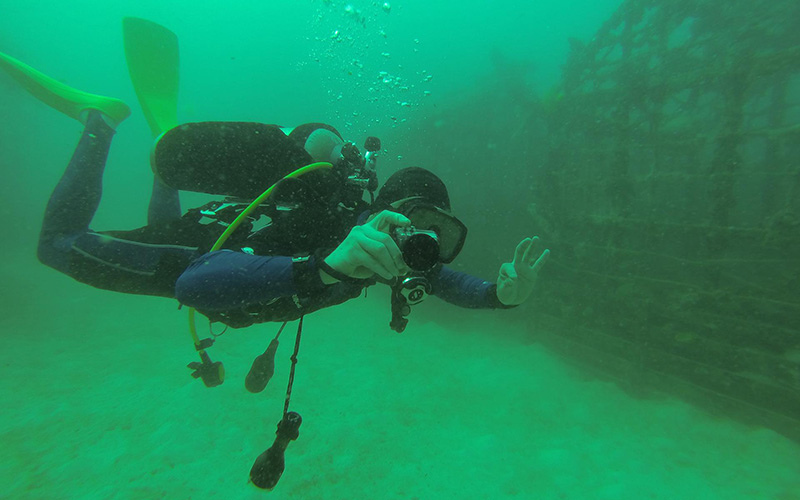
Sipadan island diving offers you the chance to see marine life that you have never seen before. These enchanting waters will take you to the herds of Eagle rays, Leopard sharks, Parrotfish, Batfish, White Trevallies, and the Hawksbill turtles.
2) Birdwatching
You can get a whole tour of Sipadan in just 30 minutes. You can see Sea Eagles, Kingfishers, and Sunbirds resting and nesting in this adobe of greenery.
3) Snorkeling
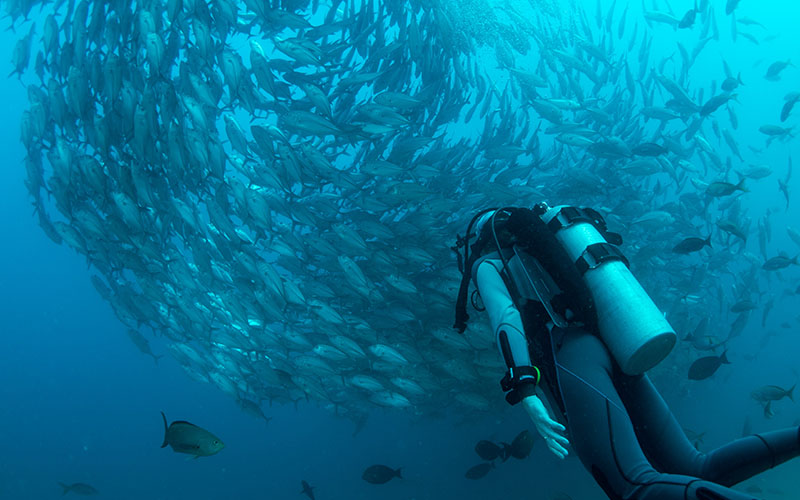
Snorkeling in the waters is as fun as scuba diving deep into the sea. You can explore the arrays of reefs and corals, and if lucky enough, you will be able to see the tiny, harmless sharks and turtles loitering around.
4) Cruising
Your island holiday is incomplete without cruising. Cruising on a yacht lets you discover the island through its short cruise. The luxury yachts of the island are equipped with all the basic amenities of food and drinks and let you explore the island in a better and different way.
Dive Sites on Sipadan Island
Sipadan has twelve dive sites, each with distinctive features.
1) Lobster Lair
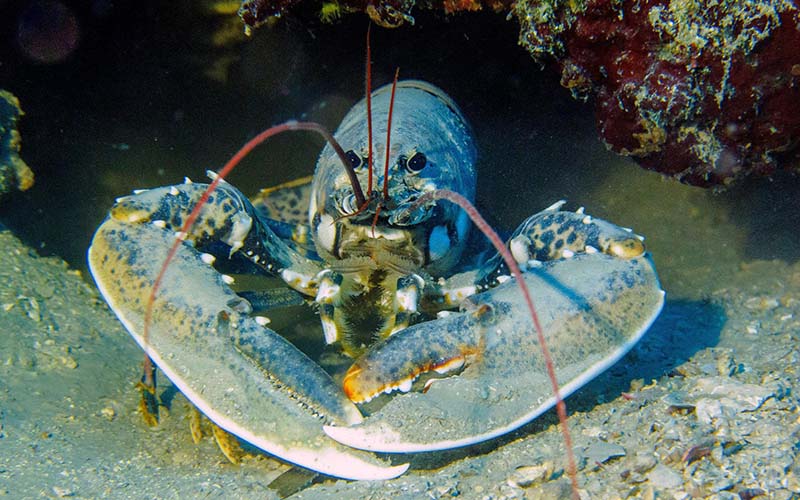
As the name suggests, The Lobster Lair is famous for numerous lobsters living in the cracks and crevices of the wall. A perfect place where you can spot leaf fish, sea horses, pipe fish, triggerfish, manta rays, and frogfish. If lucky, then you can spot blue reef sharks too.
2) Barracuda Point
Sipadan’s Barracuda Point is an outstanding dive site where divers get to see a great Barracuda shoal in a tornado-like formation. Apart from thousands of Chevron barracudas, you can spot dozens of turtles, Bumphead Parrotfish, eagle rays, triggerfish, Jacks, Whitetip sharks, hammerhead sharks, and Batfish. This dive site boasts dense coral formations and boulder and gorgonian corals.
3) South Point
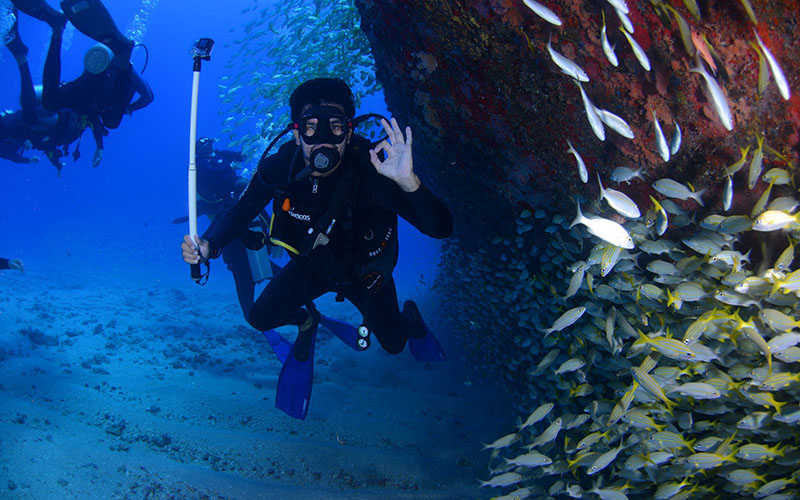
At the South Point diving site, you can experience rare sightings of thresher and hammerhead sharks. It is a site where you will find parrotfish, countless turtles, and many fishes. In shallower waters, you find moray eels, banner fish, and a variety of hard corals.
4) Turtle Cavern
Turtle Cavern, also known as the Turtle Tomb, is the eeriest of the dive sites. There is an extensive cave here, and locals say turtles come to die in this cave. Therefore, you will find turtle skeletons all around. There are shoals of fish specifically adapted to the low-light environment.
5) Coral Garden
Coral Garden is a haven for underwater photographers. Several green turtles are seen feeding on the edges of the walls. You will also find wrasse, unicorn fish, clown, and titan triggerfish. Butterfly fish such as teardrop and blackspot as well as angelfish like masked and regal are present at every turn.
6) The Drop Off
Within five minutes of entering the water, you are likely to find about a hundred Jacks circling overhead and a bump-head parrotfish charging around. There are several white-tip sharks, grey reef sharks, and green turtles too. The wall has a wide variety of corals, along with shrimps, crabs, and other nocturnal sub-aquatic wonders.
7) White Tip Avenue
At White Tip Avenue, you come across many white tip reef sharks and unexpected encounters with bigeye trevallies or gigantic bump head parrot fish. Among the rich coral life with sponges, black coral, and gorgonian fans, watch out for Moorish idols, boxfish, triggerfish, scorpion fish, clownfish, and butterfly fish.
8) Mid Reef
Mid Reef is the most colorful of the dive sites, where you can find ample corals like Moorish idols, colorful sea fans, and anemonefish. Drifting along the wall, you will find many soft corals, orange gorgonian fans, and navy knotted sea fans. Whip and Pygmy gobies are in abundance here. You will come across bannerfish, Napoleon wrasse, triggerfish, unicorn fish, and bannerfish racing around.
9) Staghorn Crest
The Staghorn Crest has brilliant light conditions during the afternoon with excellent illumination for superb underwater images. On the crevices, cavities, and balconies of the wall, you can see red sea whip corals, barrel sponges, black corals, and reef fish. Watch out for gobies, grunts, shrimps, and angelfish too.
10) Hanging Garden
Hanging Garden is a wall dive with a drop-off just over a meter from the surface at about 70 meters and plunges into an abyss. The terraces are filled with Dendronephthya Alcyonarians in lemon, lavender, and rose colors. Within the crevices of the wall, you can see hawkfish, sweetlips, gobies, emperor angelfish, moray eels, and ribbon tail sting rays. If lucky, you will find the rare thresher shark or fox shark.
11) West Ridge
A beautiful underwater nature awaits you at West Ridge. It is a diving site with medium currents and the best time to dive here is in the afternoon. You can spot lobsters, eagle rays, amberjacks, reef sharks, and turtles here. The black corals are found here in large formations.
12) Turtle Patch
Turtle Patch is a dive site where the main attraction for divers is a large number of giant turtles that come to rest on the sandy bottom or feed on the sponges. The reef has beautiful leather corals, Acropora staghorn coral stands, and small table corals. Lionfish, pufferfish, leaffish, and moray eels are a common sight.
Where to Stay?
As there is no accommodation on Sipadan Island, you need to find a place to stay on the nearby islands of Mabul, Kapalai, or Semporna. Budget travelers usually choose to stay in Semporna. If you want to stay in exclusive resorts, Sipadan Mabul Resort, Sipadan Water Village, and Seaventures Dive Resort are good options.
Can beginners dive Sipadan?
Unfortunately, no. You would need some certifications before you could dive at Sipadan. The rule was recently amended in September 2022. Now, you would be expected to either have advanced dive qualification. Or, complete at least one week of training including both open water and advanced qualifications while diving around Mabul.
Is Sipadan worth the cost?
Spiadan’s location and the limited number of diving permits make the cost of diving much higher than other diving sites. It costs somewhere around $500–$1,800. Still, people say that Sipaden is worth the cost. This is because it showcases an incredible amount of marine life like no other place. It is often ranked as one of the top diving sites for a reason. In fact, people often comment how they would love to dive into Siapadn again and again whenever they get a chance.
Permits and Certificates
To dive in Sipadan, you will be required to get a permit issued by Sabah Parks. The permit is classified as a diver’s permit or a non-diver’s permit. The park permits only 120 divers per day. To increase your chances of getting a permit, try to book your stay in a resort for a longer time and make your bookings well in advance.
With scenic views and a rich underwater ecosystem, Sipadan Island has it all. Lose yourself and live in the moment as you make your way around the island, exploring the different charms and enjoying the Sipadan Island activities. Get your Malaysia visa or Malaysia visit visa to visit this jewel in the Celebes Sea. It will surely be a memorable moment that you will cherish forever.
